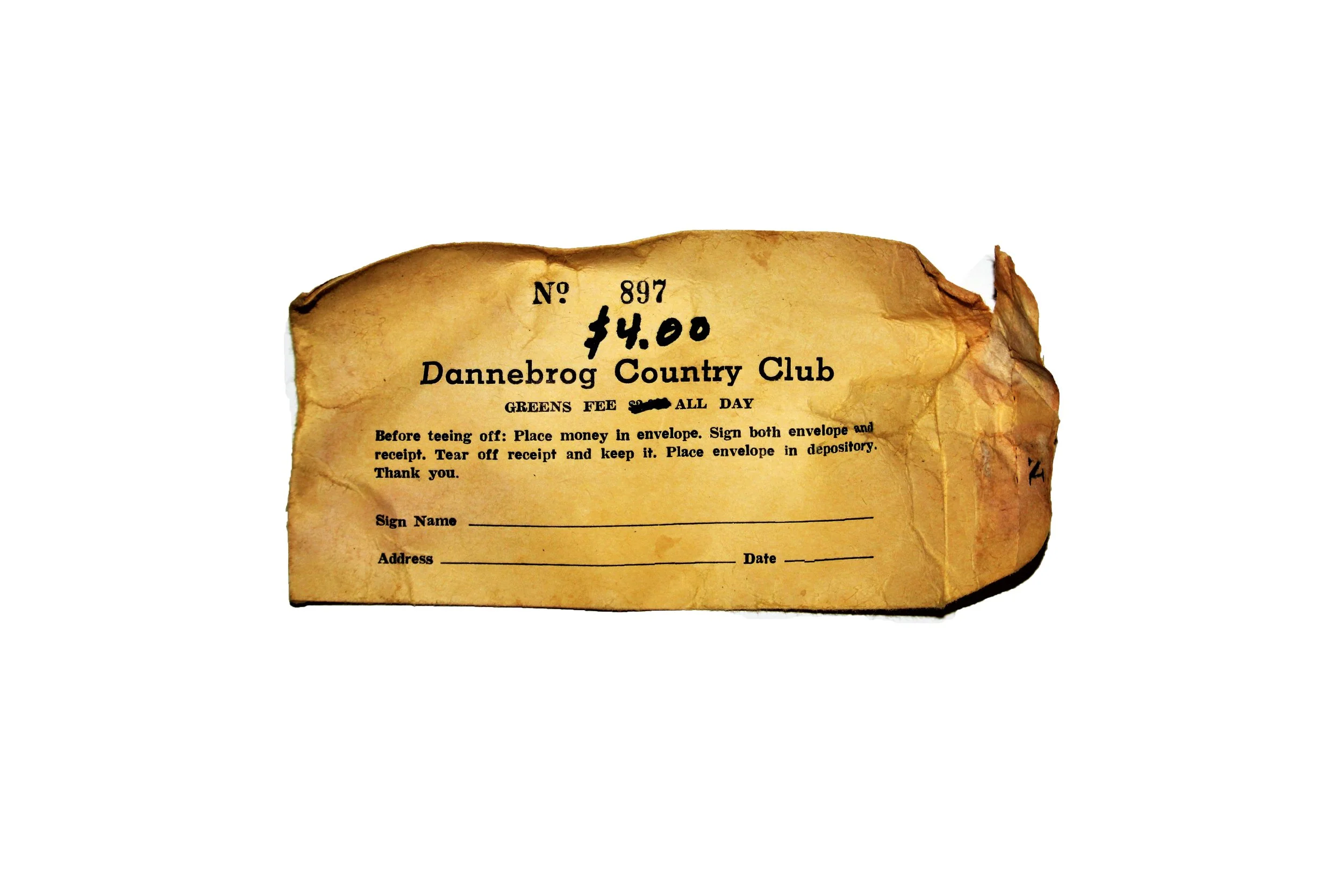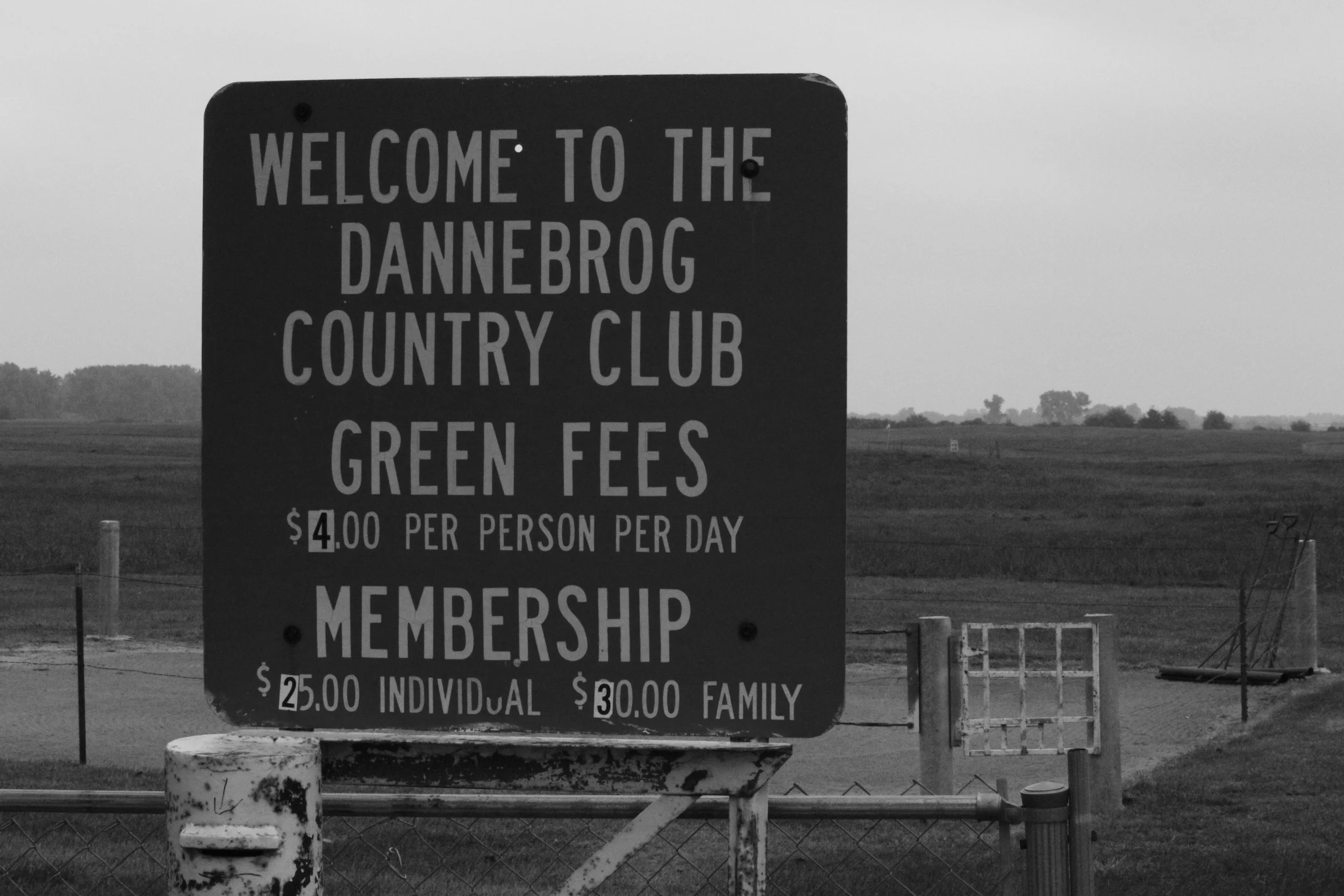The Golf Art of Russell Houston
Through the 1990s, one Arizona painter followed his wayward stroke well out of bounds. What came back was a style all his own.
It all begins with an idea. Maybe you want to launch a business. Maybe you want to turn a hobby into something more. Or maybe you have a creative project to share with the world. Whatever it is, the way you tell your story online can make all the difference.
Don’t worry about sounding professional. Sound like you. There are over 1.5 billion websites out there, but your story is what’s going to separate this one from the rest. If you read the words back and don’t hear your own voice in your head, that’s a good sign you still have more work to do.
Be clear, be confident and don’t overthink it. The beauty of your story is that it’s going to continue to evolve and your site can evolve with it. Your goal should be to make it feel right for right now. Later will take care of itself. It always does.
Sand-Green Golf in Nebraska’s Sand Hills
On the fringes of some of the greatest golfing land in the world, Dannebrog Country Club isn't a hidden gem. it's more of an off the beaten path convenience store that still doesn't take credit cards. The 9-hole course is often overlooked by those golf purists making the four-hour drive to Wild Horse or Bayside from Nebraska’s more populated eastern half. and those lucky enough to find a tee time at Sand Hills, Dismal River, or The Prairie club are only glancing Dannebrog's way if they get a flat tire on Highway 281.
Back down the first fairway and past the delicate mounds ahead of the semi-blind tee is the "clubhouse". it is a two room trailer with a donated Fridgidaire with a beer to gatorade ratio of 5-to-1. The parking lot outside still sat empty. Dust hung heavy in the July afternoon humidity after a cattle guard on wheels sped past on Highway 58, late for everything but a tee-time.
Sitting on the fringe of some of the world's greatest land for golf, Dannebrog Country Club isn't exactly a hidden gem. The 9-hole course is often overlooked by those golf purists making the four-hour drive to Wild Horse or Bayside from Nebraska’s more populated eastern half. and those lucky enough to find a tee time at Sand Hills, Dismal River, or The Prairie club are only glancing Dannebrog's way if they get a flat tire on Highway 281.
Built with a recognizable combination of Busch Light, diesel-powered Farmalls, and a few men with far too much time on their hands after the bushels were counted, Dannebrog is a 2,660-yard, par-34 pasture with gentle undulations everywhere except the greens, which are waxy sandboxes encased in barbed-wire. Greens fees have inflated to $4.00 a day at Dannebrog, but membership dues are still a reasonable $25 per year.
That being said, folks have a reason to be skeptical when they unload their clubs at this part-time cow patch. It is home to greens that don't quite register on a stimpmeter and nine fairways that still have a lot of stubble after their weekly trim on Friday morning - looking more like a playoff beard by Sunday afternoon and Forrest Gump in Monument Valley by Thursday night.
Simply put, claiming Dannebrog is among the must-plays in The Beef State is about as out-of-place as an editorial in the Journal Star praising Mike Riley’s contributions to Husker football.
Tee times aren’t made online or over the phone at Dannebrog. Just fill an envelope and slide it in the mailbox near the electric fence on your way to the first tee.
Lacking the nuance around the pin of even its most pockmarked neighbors boasting fancy grass greens, outsiders learn fast that a different game of golf is played here entirely. Heck, after the $4 greens fee, you’re more likely to see somebody using a cattle prod on the tee box than a laser range finder. And those playing behind the local members will have the easiest time reading the greens, - raked in a tight spiral of corduroy sand moving outward from the cup with the same exacting precision as their T-L center pivots showering the crops across the fence – when all putts roll against the grain. (Caddie’s advice: Just hit it firm and dead straight.)
It is this same irreverence for pesticides and handicaps and a handful of iconic golf holes that make this 90-acre club into something truly worth experiencing. With heifers and used club car's grazing side-by-side over the subtle humps and ridges each weekend, Dannebrog is one of the most fitting representations of the surprising people, forgotten places, and especially beautiful golf of western Nebraska.
Four Frames of Floyd Farley
"He is the planner for the Lincoln course and the man, daily, who oversees the gradual transformation of this once rolling farmland into a luscious carpet of green.” - Jim Ager
Conversations about rebuilding the seventh green at the Country Club of Lincoln started around the late 1940s.
Sandwiched between the Club's northwest border along Woodsdale and the shallow drainage creek that paralleled the curving Boulevard, the existing seventh green was shapeless except for the one foot rise around the perimeter. This subtle plateua green, a remnant of the 1929 reconstruction, looked more artificial each year as more courses removed the features that were created by a horse and plow.
Action to fix the green, which would later make the 7th at CCL one the most celebrated holes in the city, was finally taken in September of 1958 when a 51-year-old golf course architect named Floyd Farley arrived to inspect the nuisance putting surface. Farley, an Oklahoma native with a growing portfolio of original designs and successful remodels in Kansas, Missouri, and Oklahoma, agreed to rebuild the 7th green, as well as the 13th and 14th greens, at a rate of $500 per green. Work was underway on the 7th in 1959 with an expectation to be ready for member play in the spring of 1960.
A bad winter and a city wastewater issue kept Mr. Farley from returning to work on #13 and #14 in 1961, and eventually, the work fell upon another Midwest golf architect—an up-and-comer from Urbana, Indiana, named Pete Dye. - but that is a story for another day.
Floyd Farley would never return to build the two other greens at Lincoln's oldest private club. But over the next two decades, he would design, build, and seed over 60 new greens in Lancaster County alone, contributing to one of the most impactful legacies in public golf in Nebraska. And it all started at…
Miracle Hill - 1961
Despite his renovation work at The Country Club in Lincoln being cut short, Farley kept himself plenty busy designing new golf courses in the Cornhusker State. While contracted at CCL, Farley teamed up with an Omaha golf promoter to create a course a new course on a 225-acre cattle farm in west Omaha. The vision for the course was made clear by Farley's partner, Harold Glissman, who would operate the Club, and Herb Davis, Jr., who inherited the grounds and investigated whether a new golf course would be a positive financial improvement to his grandfather's land.
Davis, an Omaha investment banker, was not kidding about ensuring the golf course would make financial sense. In fact, he employed the most popular golf magazine of the day, Golfdom, and the National Golf Foundation to "determine whether the city of Omaha was in need of additional golf facilities and if a public-fee type course would be profitable."
The answer was yes, and Omaha, with a population of around 400,000 in 1961, would have it's fifth public golf course built a mile outside the city limits at 120th and and Blondo.
Considered "somewhat of a miracle in the golf business" because of the detailed market investigation that would preceded the financing, design, construction, and opening of the new course, Miracle Hill sustained it's popularity because the golf course design was as thoughtful as the business approach. His involvement at Miracle Hill introduced Floyd Farley to the public-friendly design approach that became a staple of all of his projects in Nebraska.































